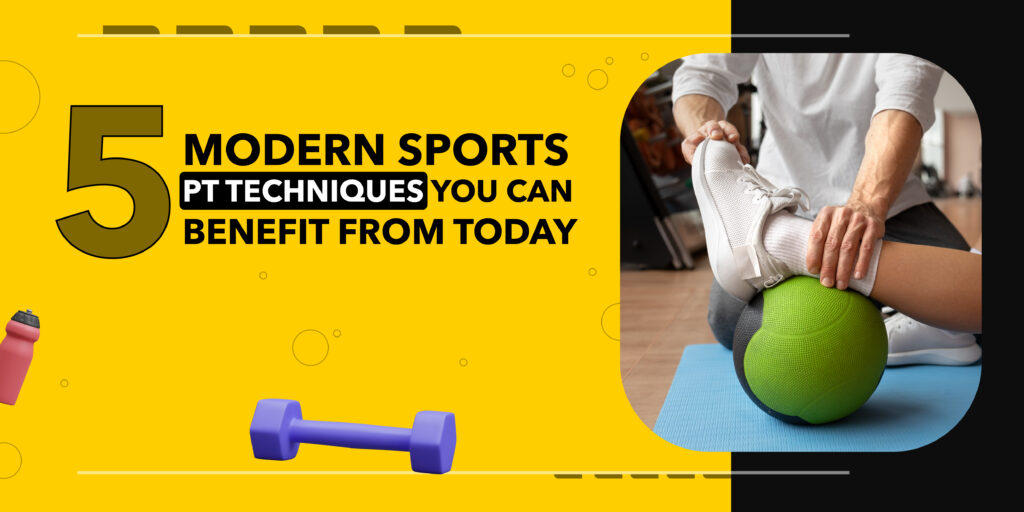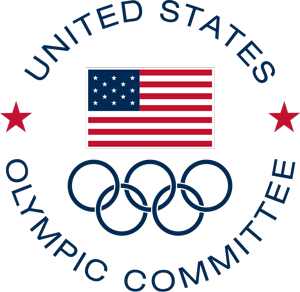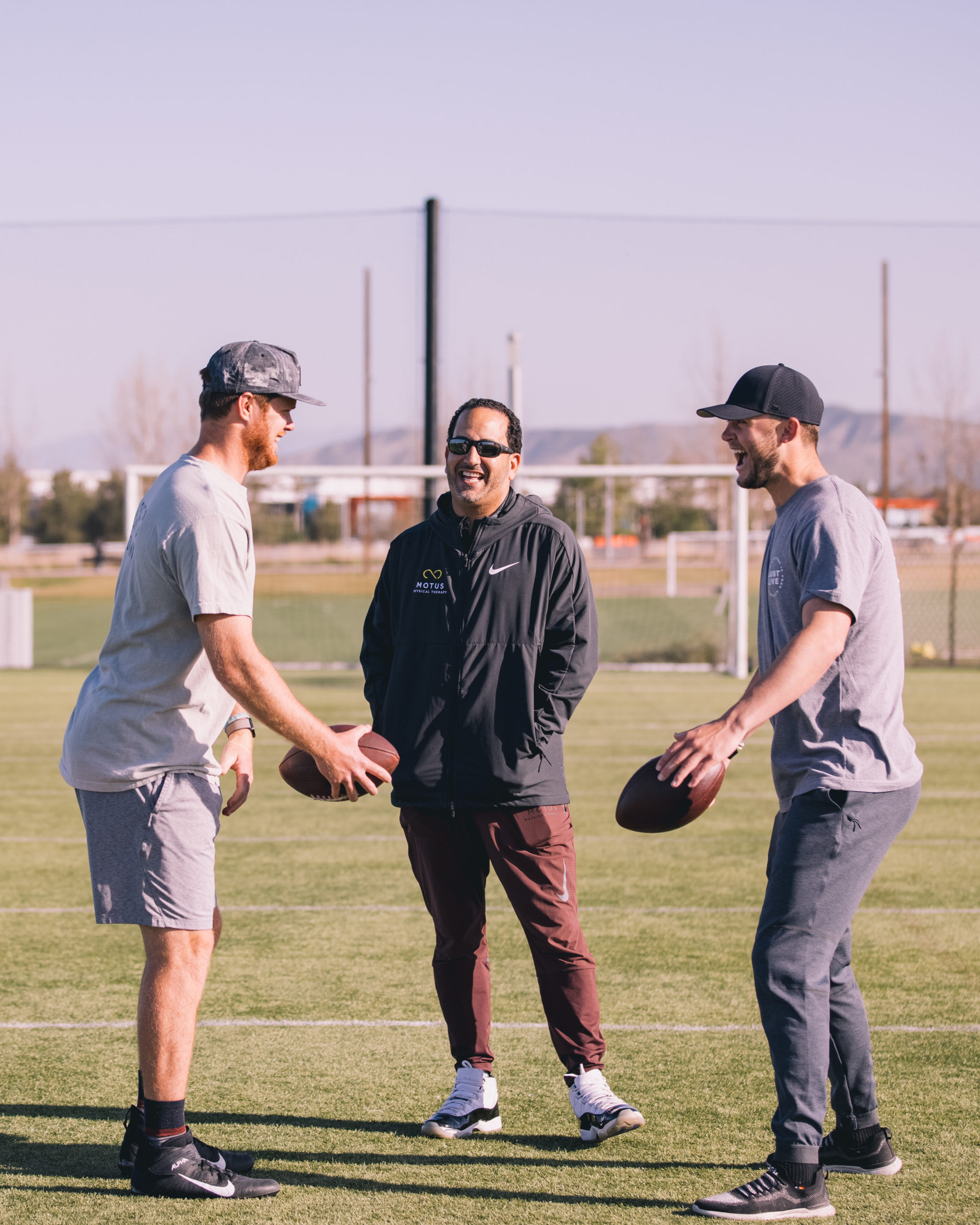
The sports world is dynamic, and staying on top of your game isn’t just about hard work; it’s about smart work, especially in how you handle physical therapy (PT). Sports PT has evolved leaps and bounds, offering athletes state-of-the-art techniques that are nothing short of a game-changer.
We aim to shed light on five modern PT methods that are revolutionizing how athletes recover and enhance their performance. Whether you’re a seasoned athlete in Seal Beach, CA, or a fitness enthusiast elsewhere, these insights are the ‘ace up your sleeve’ to get you back in action swiftly and safely. Let’s get started.
Embrace Dry Needling for Deep Muscle Relief
Originating from acupuncture, the Dry Needling technique involves inserting superthin needles into trigger points or tight muscles. It’s a godsend for athletes grappling with muscle tension or pain. Unlike its traditional counterpart, dry needling focuses specifically on musculoskeletal (related to muscles, bones, ligaments, tendons, and joints) pain relief, making it ideal for sports injuries.
Let’s see how the technique works in detail. When a needle hits the right spot, it can release muscle tension almost instantaneously, a relief that many of MOTUS’s clients describe as a ‘mountain lifted off their shoulders.’
The procedure, while sounding daunting, usually involves minimal discomfort and provides quick relief, often noticeable right after the session. It’s crucial, however, to have this procedure done by a seasoned physical therapist to ensure safety and effectiveness. Post-treatment, some athletes might experience slight soreness, but this is generally short-lived.
Try Blood Flow Restriction Training for Enhancing Strength Safely
Blood Flow Restriction (BFR) training, a technique that may sound like something out of a sci-fi movie, is a proven one in the sports world. It involves restricting blood flow to muscles using specialized bands during exercise, which might sound counterintuitive, but it’s a scientifically proven method to enhance muscle strength and growth.
The principle behind BFR is to create an oxygen-deprived environment in the muscles, which intensifies the workout and leads to increased muscle growth, even with lower-intensity exercises.
Safety is paramount with BFR, and it’s essential to follow proper protocols and guidance from trained professionals to avoid any adverse effects. For instance, experts recommend 30-60 seconds of rest between sets. Athletes recovering from injuries can particularly benefit from BFR as it allows them to train their muscles without the need for heavy lifting, thus reducing the risk of re-injury.
Aquatic Therapy, a Low-Impact, High-Result Technique
Aquatic therapy offers a unique rehabilitation environment that is gentle on the joints yet effective for building strength and endurance. The buoyancy of water acts as a cushion, minimizing the weight-bearing stress on injured areas and making it an excellent choice for early-stage rehabilitation or athletes with joint issues.
Exercises in water can range from basic movements (such as water walking) to more complex functional drills (such as standing trunk rotation), all benefiting from the resistance provided by water. The natural resistance helps build muscle strength without the need for weights, minimizing the risk of re-injury.
Aquatic therapy is not just physically beneficial; it also offers psychological benefits, as the water environment can be calming and therapeutic. For athletes looking to integrate aquatic therapy into their recovery program, many sports facilities and therapy centers in Seal Beach, CA, now offer specialized pools designed for this purpose.
Make use of Percussive Therapy for Deep Tissue Relief
Percussive therapy involves rapid pulsations delivered by specialized massage guns, providing targeted relief. It’s especially effective for athletes who experience regular muscle tension and soreness.
Imagine a runner experiencing tight calves after a long race; percussive therapy can quickly alleviate this discomfort, enhancing recovery time. This therapy excels in treating specific conditions like tendinitis and myofascial pain, offering a sniper approach rather than a shotgun approach.
Its user-friendliness and convenience allow athletes to incorporate it seamlessly into their daily routines, whether as a pre-workout warm-up or a post-workout recovery tool. However, it’s crucial to consult professionals, such as those at MOTUS, to ensure its optimal and safe use.
Our therapists can provide guidance on the most effective use of percussive therapy, tailoring it to your needs and specific sports-related requirements.
Embrace Red Light Therapy for Inflammation and Pain Management
Red Light Therapy, a non-invasive and natural solution, is all about utilizing LED devices that emit specific wavelengths of red and near-infrared light. This therapy delves deep into the body’s tissues, stimulating cellular regeneration and repair. It’s akin to providing a power boost at the cellular level, enhancing the body’s natural healing process.
For athletes dealing with chronic inflammation or recovering from injuries, Red Light Therapy offers a holistic approach to healing, focusing on rejuvenating the body from within rather than just masking pain. This therapy has shown remarkable results in improving circulation, reducing recovery time, and even enhancing overall skin health and collagen production.
Take Action
Whether it’s harnessing the deep muscle relief of Percussive Therapy or tapping into the cellular rejuvenation of Red Light Therapy, the modern methods MOTUS offers are your allies in conquering pain and enhancing recovery. Don’t let injuries sideline your athletic aspirations. Take the first step towards a more resilient and revitalized you.





















